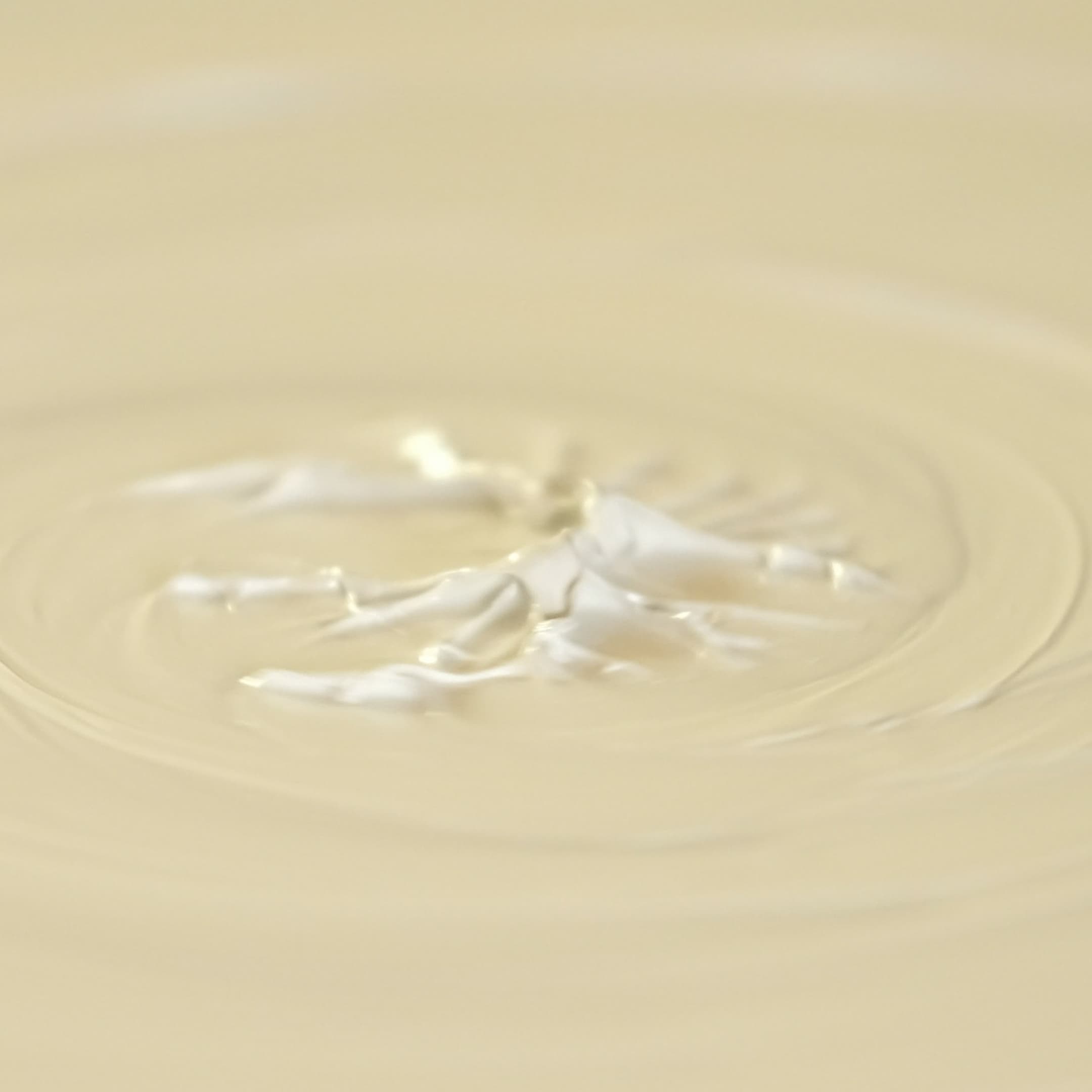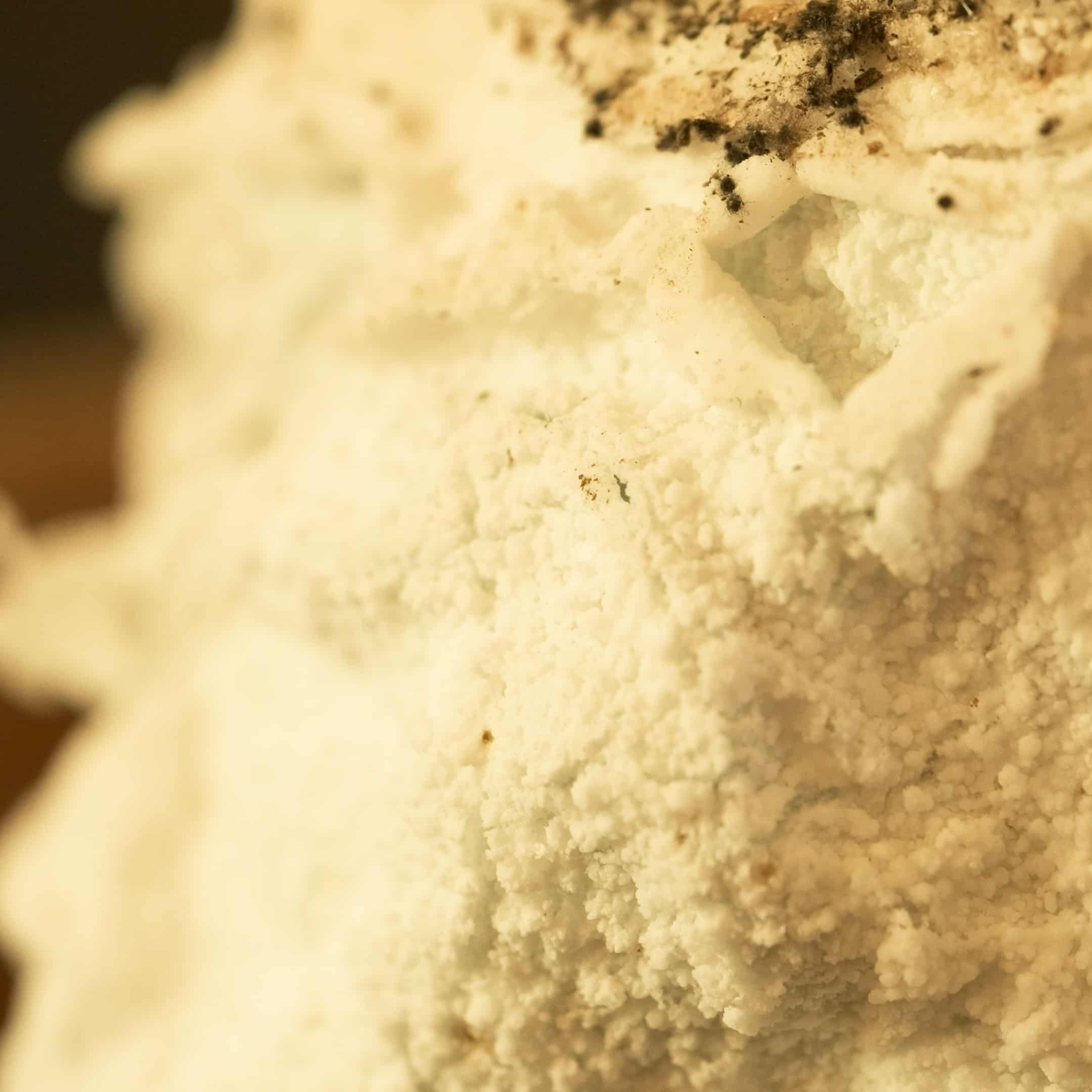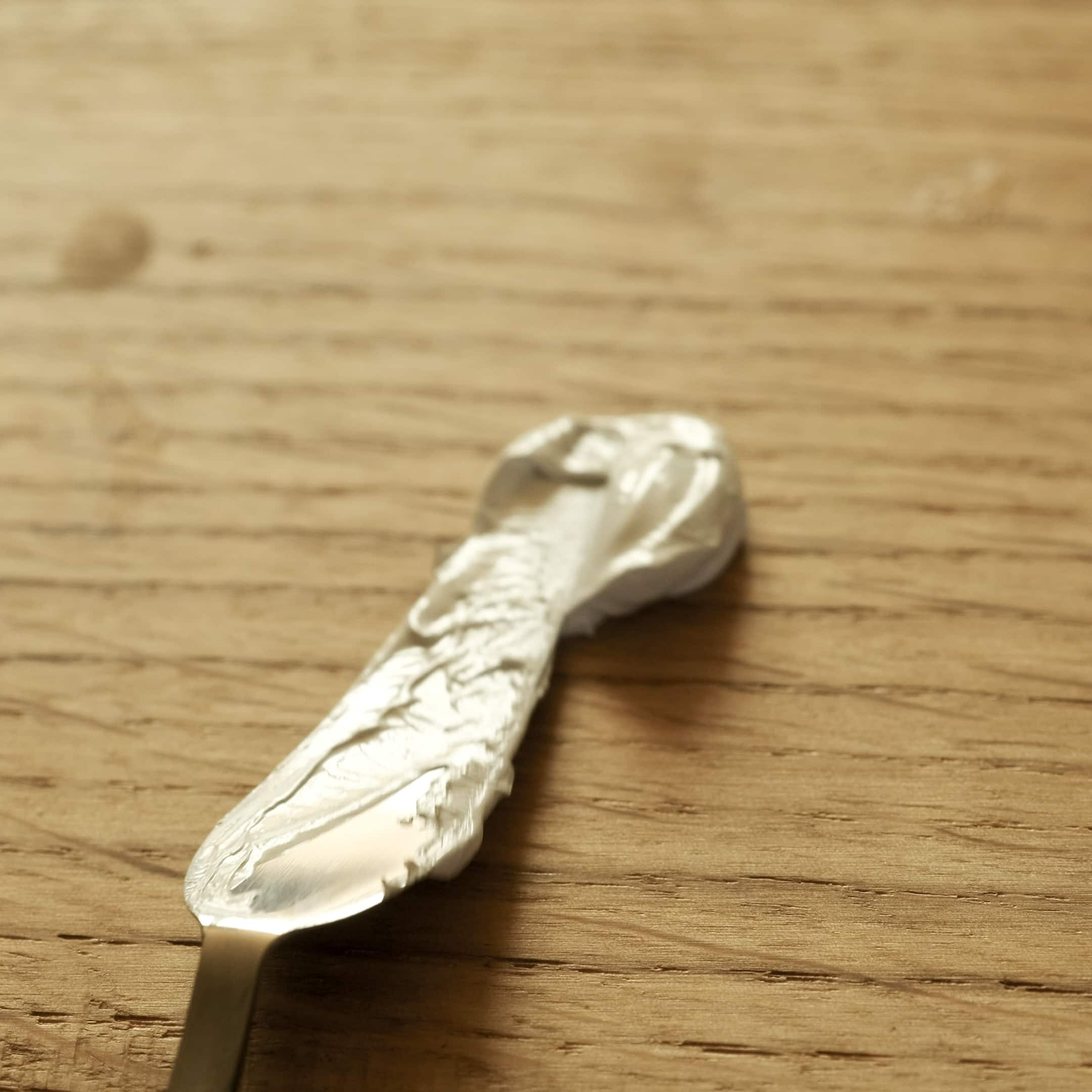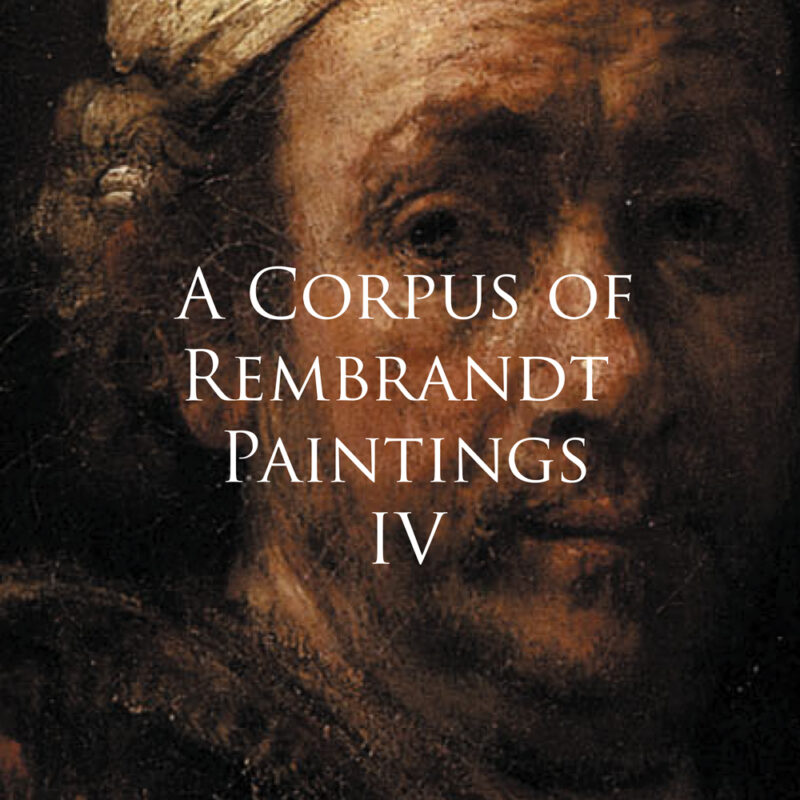GREAT LEAD WHITE
The Legendary Pigment of the Old Masters and the Art of Making It by the Dutch Method
Before the invention of modern white pigments like titanium white and zinc white, Lead White reigned supreme for nearly two millennia. Used by artists such as Rembrandt, Vermeer, Velázquez, and countless others, Lead White was more than just a color—it was a material of substance, depth, and soul. Its creamy opacity, warm tone, and unique drying properties made it irreplaceable in oil painting.
Though now avoided due to its toxicity, Lead White is still revered among traditional painters and restoration experts. In this post, we’ll explore its rich history, unique qualities, and the fascinating Dutch method of making Lead White—a process that’s both alchemical and deeply rooted in pre-industrial craftsmanship.


What is Lead White?
Chemically, Lead White is a basic lead carbonate. It’s a soft, dense white pigment made by exposing metallic lead to acetic acid vapors (from vinegar) and carbon dioxide in a warm, moist environment. Over time, a white crust of lead carbonate forms, which is then collected, washed, dried, and ground into pigment.

Key properties of Lead White:
-
Strong covering power
-
Smooth, buttery consistency in oil
-
Warm, slightly yellowish-white hue
-
Promotes faster drying of oil paints
-
Excellent for impasto and brushwork retention

A Brief History of Lead White
Lead White has been in use since Ancient Greece and Rome. Known to the Romans as cerussa, it was the only white pigment used in classical painting and cosmetic applications. Medieval illuminators and Renaissance painters continued the tradition, often grinding their own pigment or sourcing it from specialized workshops.
By the 17th century, the Dutch perfected a large-scale production method that combined chemical knowledge with artisan practices. The “Dutch stack method,” as it became known, was the primary means of producing high-quality Lead White for Europe’s painters until the 19th century.
Why the Old Masters Loved Lead White
Artists like Rembrandt and Vermeer valued Lead White not only for its physical qualities but also for how it behaved in paint:
-
It dries faster than any other white, crucial for layered oil techniques.
-
It retains brushstrokes beautifully, ideal for expressive highlights and textures.
-
It creates a subtle glow under glazes, enhancing depth and atmosphere.
-
When mixed with other pigments, it modifies tone without dulling color.
Health Risks and Modern Considerations
Lead White is highly toxic when inhaled or ingested. Chronic exposure to lead can lead to:
-
Neurological damage
-
Kidney and liver problems
-
Fatigue, headaches, memory loss
-
Reproductive issues
Today, its use is banned or heavily restricted in most countries. However, a limited number of professional artists and conservators still use it under strict safety protocols:
-
Respirator masks
-
Nitrile gloves
-
Proper ventilation and disposal procedures
-
Old man ethcing 2
Original price was: 7.080 рсд.5.900 рсдCurrent price is: 5.900 рсд. -
Meeting
11.800 рсд





